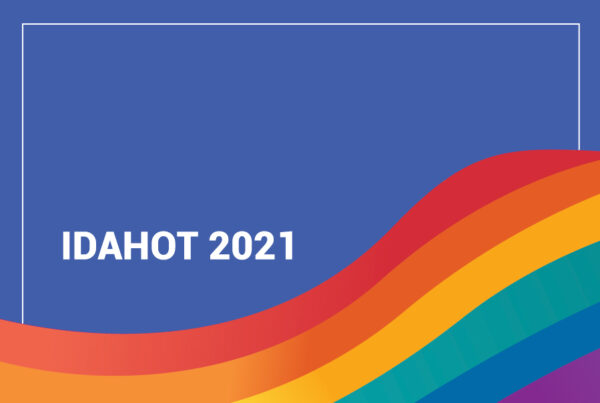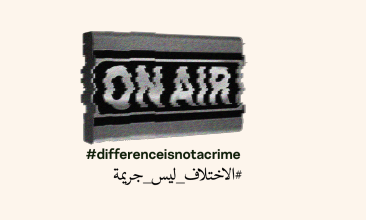Guest post by Samir Nassar, digital security trainer
While the previous post discussed what to do if you get ransomware, this post explains how to minimize your risk of facing a digital crisis in the first place.
Below are the key tactics for protecting your devices and files from ransomware. These are the same tactics you should use to prevent any malware infection such as viruses, ad software, or spy software.
Use an ad blocker with your browsers.
Many malicious websites use ads that look like system messages to trick you into installing malware.
Most advertising is distributed by advertising networks, and some of those networks don’t screen the ad providers well, leaving holes in security systems that make it becomes possible to distribute malware.
Whether you are on a mobile device or using a laptop or desktop, installing an ad blocker for browsers like Firefox and Google Chrome is easy. I strongly recommend uBlock Origin which has a Firefox add-on and a Google Chrome extension.
Be careful which websites you visit.
Less-popular websites sometimes permit unethical businesses to advertise on their site because they pay better. There are also websites that are created just spread malware while maintaining a legitimate appearance. There is no centralized bureau that makes sure every website on the internet is safe and well-intentioned, so the burden to avoid danger falls onto you. Some example of websites that increase your risk: pornography sites, forums, link-sharing sites, and video streaming sites.
Be careful about what you download.
Many malware infections come from infected files received by email, communication programs like Skype, or via a link on Dropbox or another file-sharing site.
Ask yourself these questions when you receive a link to a file to download:
• Who is this person? Do I trust them? Do I trust that they understand the risks of sharing files?
• Why are they using a file-sharing site instead of sending it through a well-trusted email provider? (Outlook and Gmail, for example, try to scan all attachments sent through their networks, which gives you some protection.)
Don’t use pirated software.
Unlicensed copies of software (“pirated” software) are easy to find in the Middle East, and when the price for unlicensed software is a fraction of the price tag for original copy, it’s tempting to buy the cheaper option. The real price of choosing the cheaper option, however, is the risk to you and your data. The pirated copy might contain malware that will infect your computer. Even if the pirated copy does not contain a virus, the program’s inability to download critical updates will leave your entire system vulnerable to security gaps that will only expand as more time passes.
Use anti-malware software.
Install licensed anti-malware software and use it regularly. The same rule for pirated (unlicensed) software applies to anti-malware software: if you buy a cheap unlicensed copy, you are giving yourself a false sense of security. There are numerous trustworthy programs that offer a free version, including Avira. (Caution: Make sure you download these programs directly from the company’s website so that you are not downloading malware disguised as anti-malware software!)
A final reminder: There are no guarantees.
Even with regular anti-virus updates and the most cautious behavior online, it is still possible to be infected with malware, including ransomware. The most important thing you can do to protect yourself is to back up your data often, and know how to wipe and reinstall your computer.
Samir Nassar is an independent digital security trainer and consultant working primarily with organizations in Europe and throughout the MENA region.





